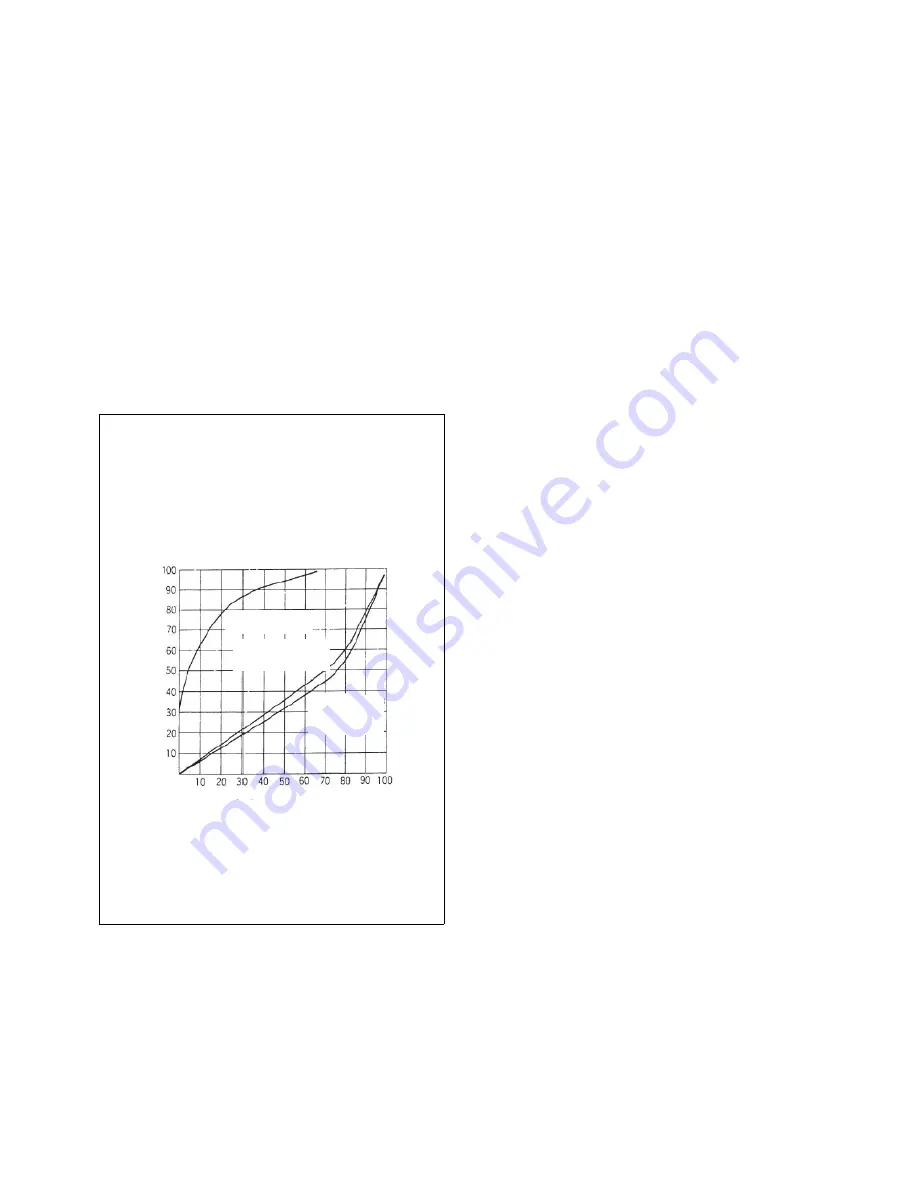
- (01-27) -
4-4-5. DUST COLLECTION EFFICIENCY
DUST COLLECTION EFFICIENCY
Dust collection efficiency refers to the efficiency of a filter
for collecting dust and dirt. There are various methods
to determine the efficiencies, but the following are three
most representative ones.
* Mass ratio method: ···· Certain amounts of dust are
applied to a filter and the collected
volume is evaluated by the mass
ratio. (For rough dust)
* Colorimetric method: ·· Certain amounts of dust are applied
to a filter and the collected volume is
evaluated by the optical transmission
ratio. (Medium performance)
* Counting method (DOP method):
Certain amounts of dust are applied
to a filter and the collected volume is
evaluated by counting the number of
particles. (High performance)
The measuring methods for dust collection efficiencies
are divided into JIS colorimetric method, NBS colorimetric
method, counting method (DOP method), and mass ratio
method (AFI).
High values recorded in the mass ratio method may be
lowered when converted in the colorimetric method.
Please refer to the indication of the measuring method.
Please refer to the correlation graph below for different dust
collection efficiency methods.
Efficiency based on
Mass Ratio Method
C
on
ve
rs
io
n
R
at
io
(%
)
Efficiency based on
NBS Colorimetric
Method
Efficiency based
on Counting
Method (DOP)
Efficiency based on JIS Colorimetric Method (%)
For example, “95%” in the mass ratio method may be
indicated as “55%” in JIS colorimetric method.
Correlation among different dust collection efficiency
measuring methods
Although there is no clear correlation among these
measuring methods, the above figure is a conversion
line graph based on approximated values.









































